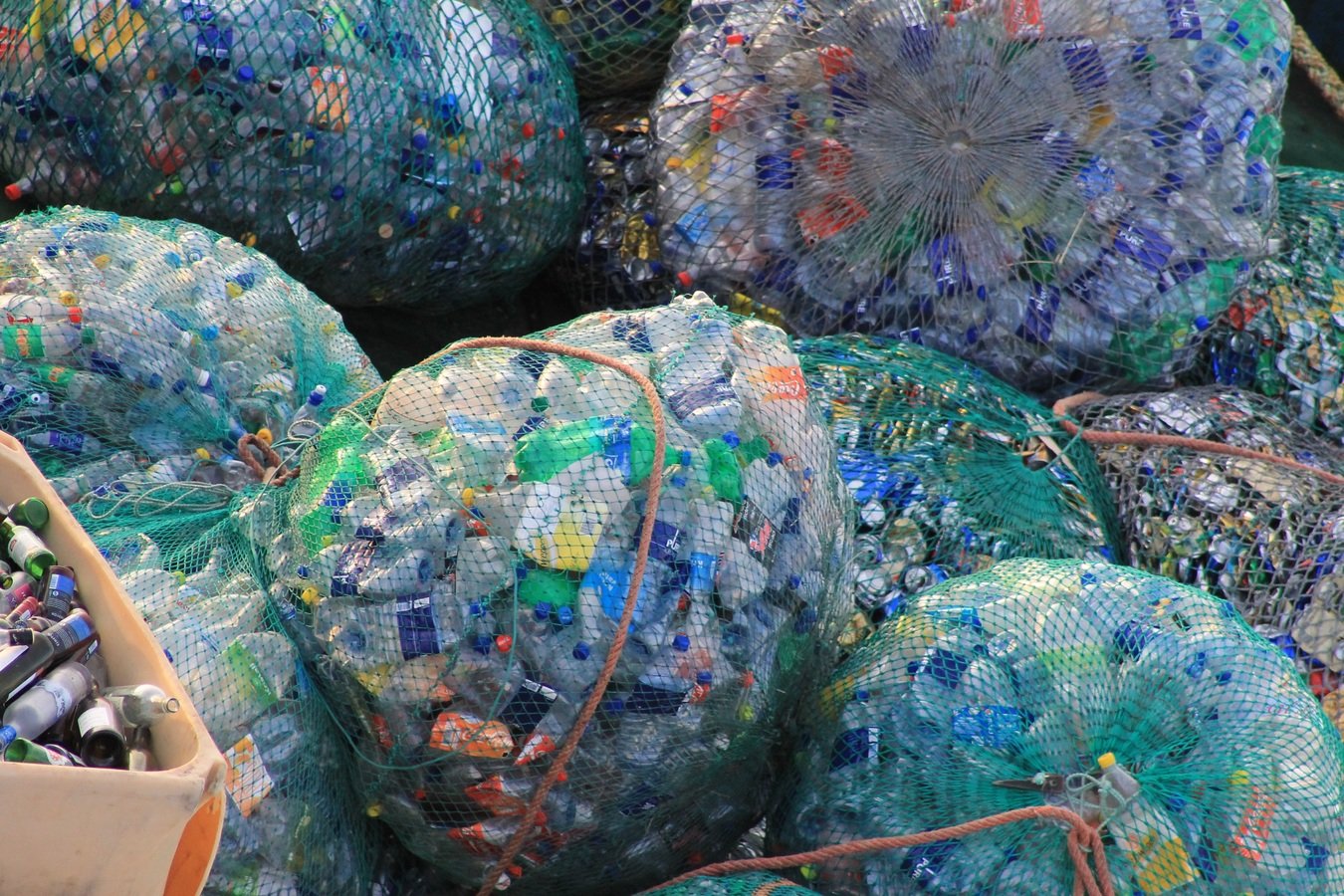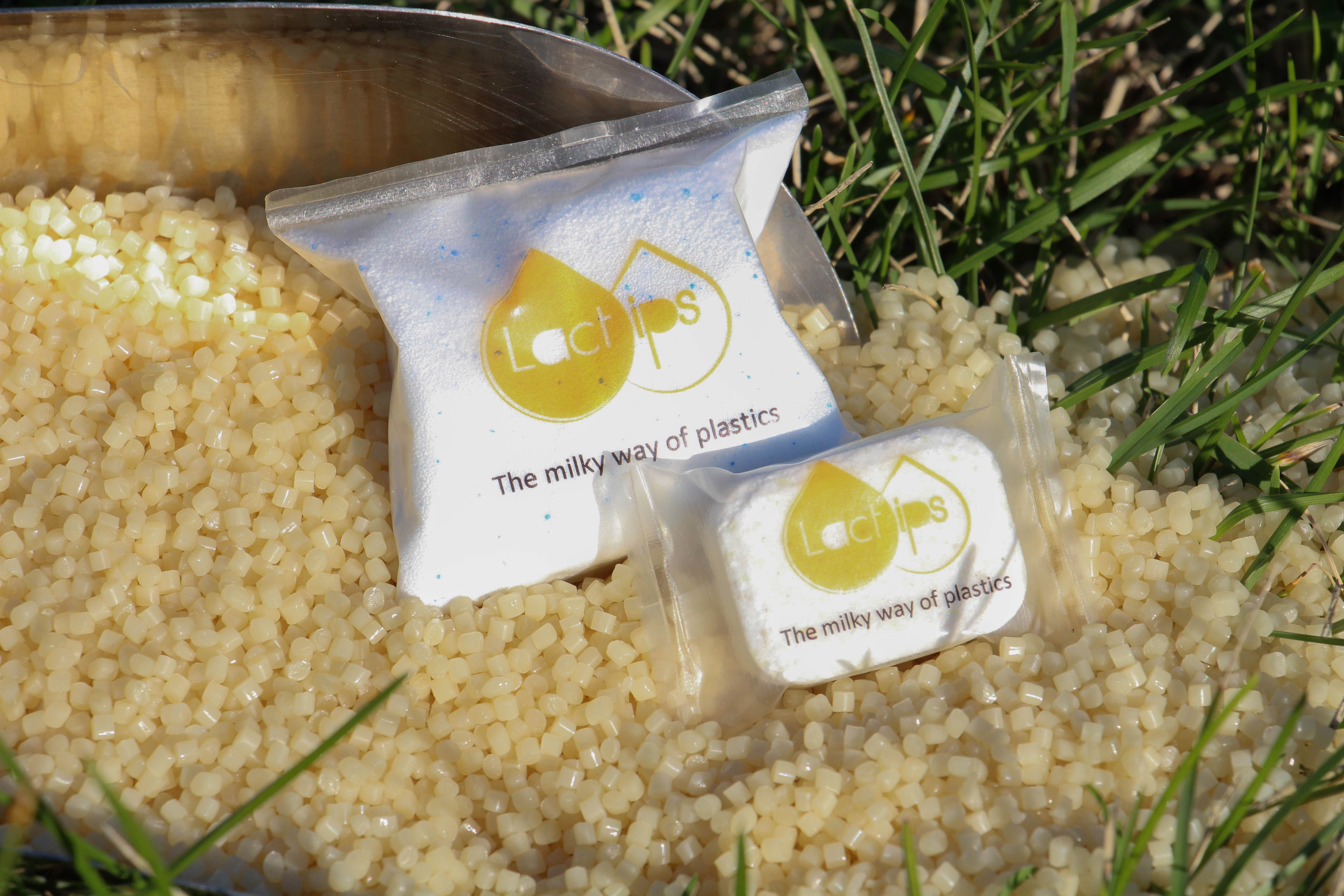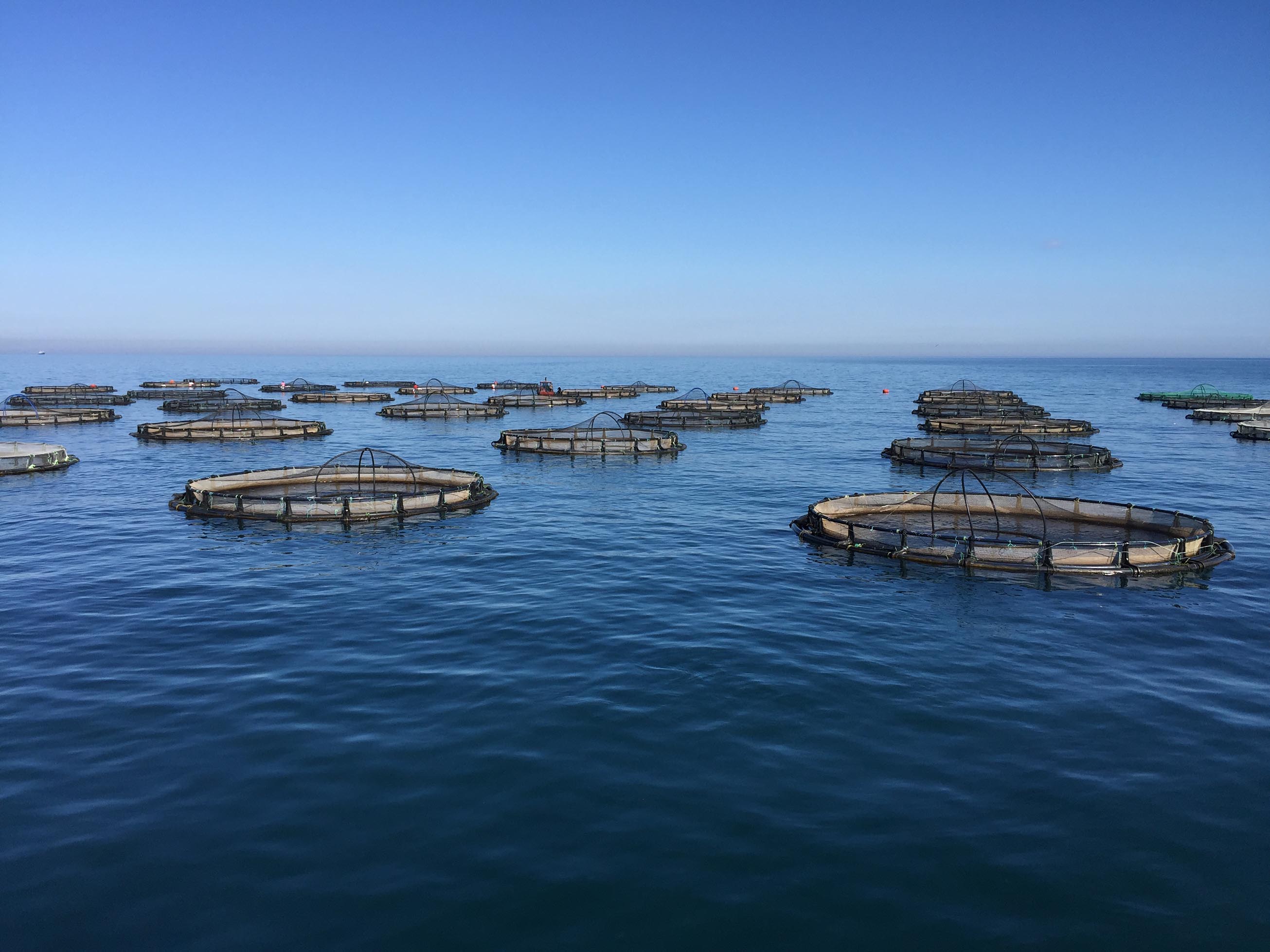Smart containers to reward people for recycling properly
Smart recycling containers that reward people for proper use could help drive up the rate of plastic recycling, reducing the amount of plastic that goes into oceans and landfill, and creating business opportunities out of the challenge to cut back on waste. It’s part of a wave of innovations aiming to keep plastic circulating in the … Read more






